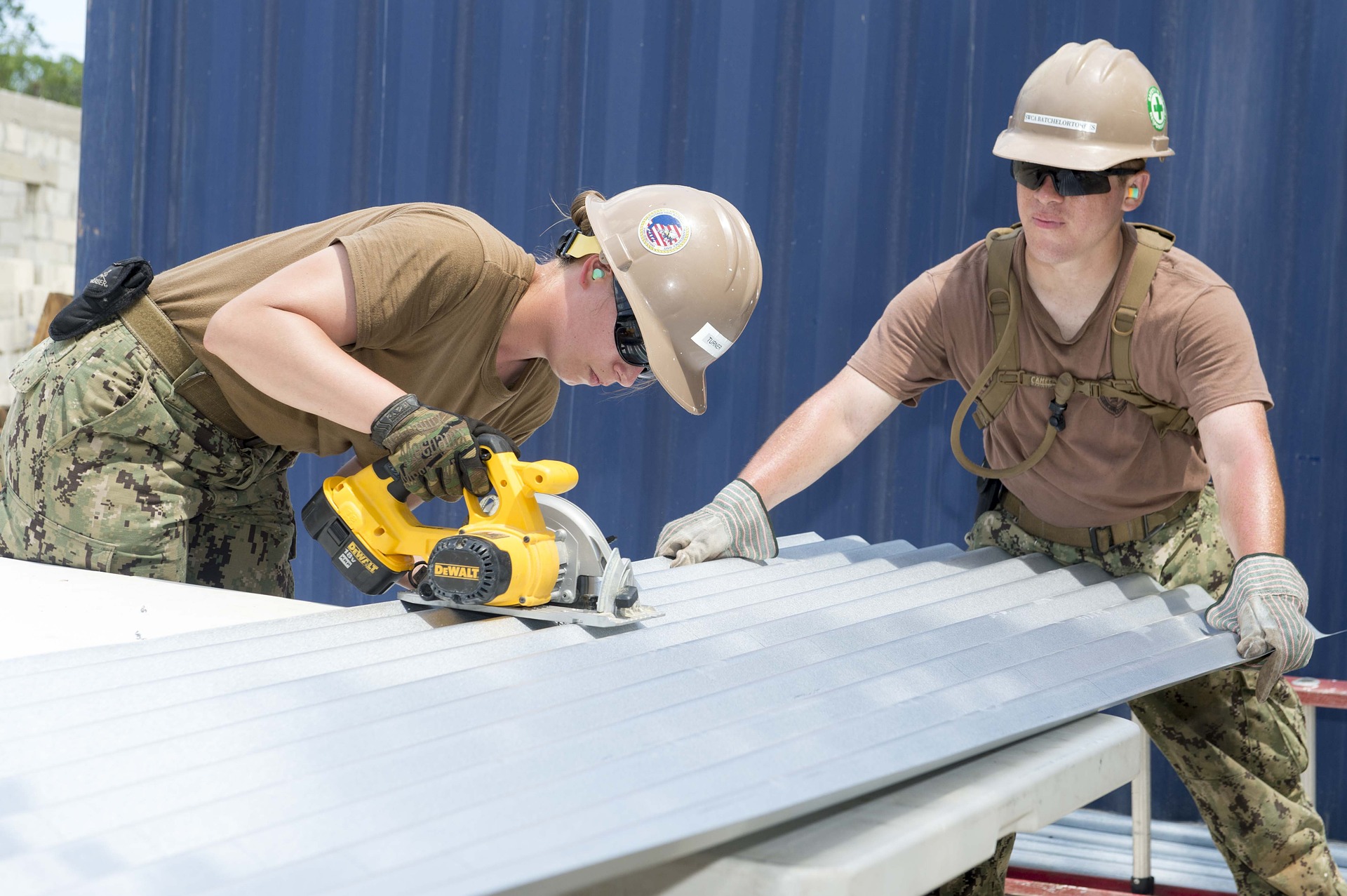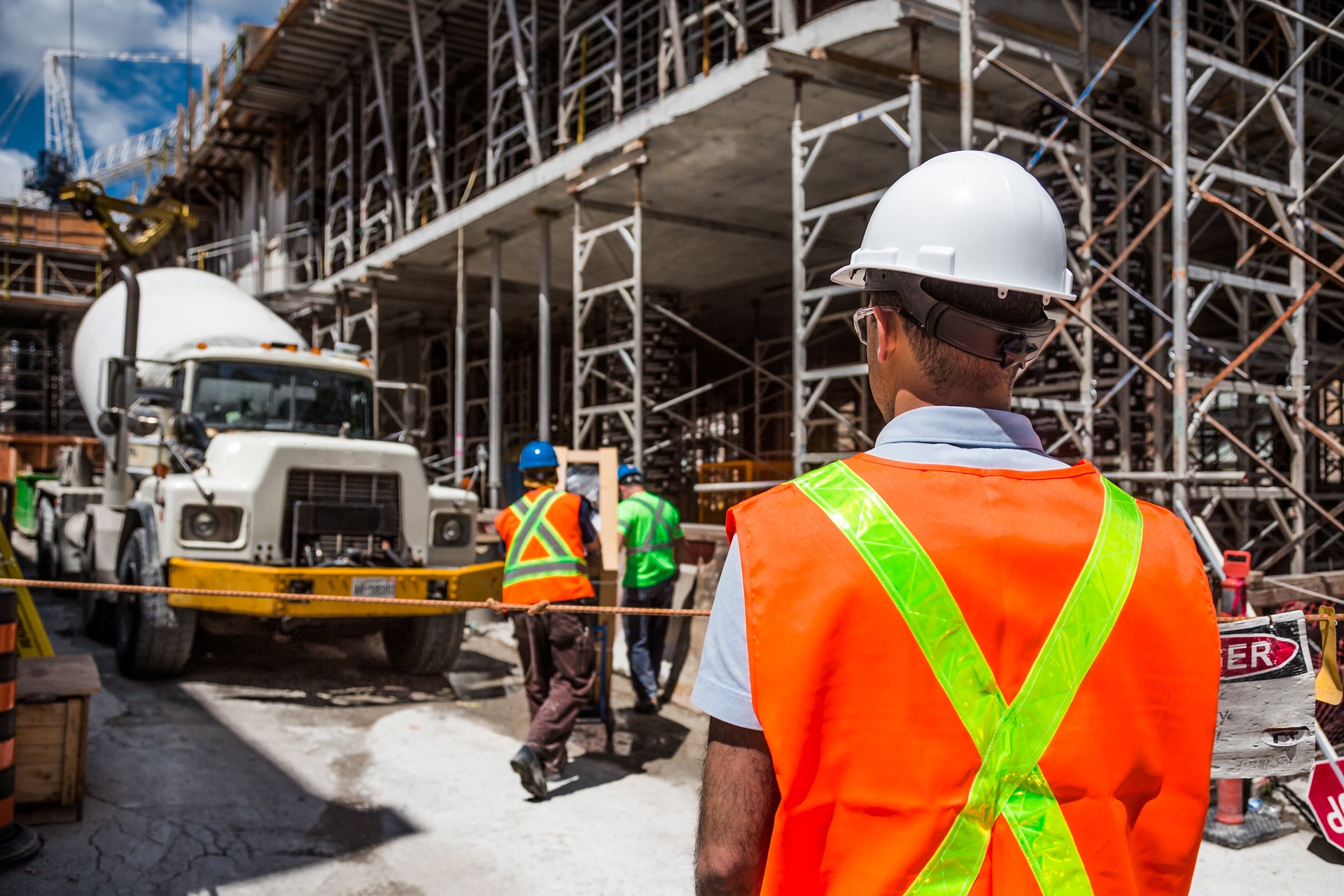
Most of the trades, like carpentry or cement masonry, are extremely dangerous to the average worker.
Some cities are even taking steps to ramp up their safety procedures, like New York City with Local Law 196.
But women in trades are especially vulnerable for a number of reasons and we need to be aware of these risks in order to mitigate them and provide a suitable work environment for women and men alike.
In this post, we’ll dive into the major problems women in trades often face and look at a few ways to solve these pressing issues.
Health and Safety Risks for Women in Trades (Based on SHEWT Research)
SHEWT was the study that broke open the door and shone a light on the issues women face in trades like construction.
It stands for Safety and Health Empowerment for Women in Trades.
According to their website, SHEWT was:
“A collaboration between the University of Washington Department of Environmental and Occupational Health Sciences and community partners Washington Women in Trades, the Washington State Labor Education and Research Center, the University of Oregon Labor Education and Research Center, and the Washington State Building Trades Council’s Pre-Apprenticeship Construction Education (PACE) program.”
The purpose of SHEWT was two-fold:
- Expose the harms and dangers that women in particular face in the trades.
- And promote understanding of these unique risks in order to reduce them and replace them with better health and safety standards.
It should be obvious to anyone that construction workers face many dangers while on the job, such as slips and falls, contaminants, and potentially harmful machinery.
But what’s not obvious are the dangers women face in these male-dominated workplaces, such as stress resulting from harassment or discrimination, protective gear that wasn’t designed for the female physique, and even unclean facilities.
Here are the top problems women in trades face according to surveys conducted by SHEWT:
- Sexist stereotypes
- Physical limitations
- Discrimination
- Harassment
- Under-representation
- Having to prove selves
- No respect
- Poor work/life balance
- Poor training Inadequate
- Inadequate personal protective equipment (PPE) and tools
- Women who set a bad example for everyone else
Now let’s take a look at the actual results of SHEWT.
Statistical Results of SHEWT
SHEWT surveyed almost 300 male and female workers, asking them questions regarding health and safety hazards in their respective workplaces.
The demographics were:
- 68% women
- 32% men
- 43% were in an apprenticeship
- 57% were on the journey level
And the majority of trades represented in the study were laborers, electricians, pipe trades, and carpenters.
Here are the results of SHEWT:
- Women reported higher levels of perceived stress compared to men.
- Over half of women surveyed said they pushed themselves past their physical comfort level at least half of the time in order to complete their work.
- Almost half of women felt discriminated against at work due to their gender.
- Women were more likely than men to report at least one injury at work in the past year.
- Women were less likely to report their injuries because they were afraid of being laid off.
- Women were more likely than men to report PPE not fitting properly.
Solutions to Hazards for Women in Trades
According to the women in trades surveyed, these are the solutions they see for the hazards they face:
- More women
- Education
- Improved training
- Treat women and men equal
- Mentoring
Hannah Curtis, one of the lead researchers of SHEWT, was recently interviewed and largely agreed with the solutions these women laid forward.
Here’s what Hannah had to say about getting more women into trades:
“If you can get more women into the trades, if you can get more women into leadership positions especially, you can create more of a demand for PPE, you can make men more comfortable working with women, you can change the training so it’s more friendly for women’s ergonomics, just change the culture so it’s more supportive of women in general.”
On the topic of leadership, Hannah said:
“Having supervisors involved is really essential, especially having them set the tone in terms of anti-harassment. Making that a priority, and having it trickle down.”
And in regards to mentoring, Hannah said:
“I think [mentoring] is just such a wonderful way to help women deal with the stress resulting from the workplace stressors that they are experiencing. It can also be a form of prevention. If you give women the skills they need to navigate that culture, to work safely, to advocate for their safety on the job, you’re going to prevent them from getting into situations where things become overwhelming and they want to leave the industry.”
Next Steps for Improving Conditions for Women in Trades
It’s up to all of us to help women feel more comfortable in the workplace, get along well with their male counterparts, and get access to equipment that works with their physique.
You can’t do it all, but as a start, you can help educate yourself and your employees on these issues.
And we can help you do it.
We can give you access to guides and courses such as:
- Developing Women Leaders: A Guide for Men and Women in Organizations
- Career and Family Challenges for Women Leaders
- The Gender Communication Handbook: Conquering Conversational Collisions between Men and Women
If you want access to these and many more resources, get your free trial of Enterprise Training below.
Experience the proven, easy-to-use, and cost-effective benefits of online training by scheduling your free online training consultation today!


